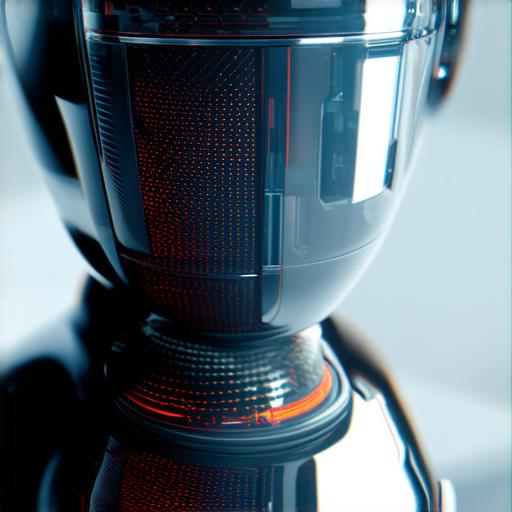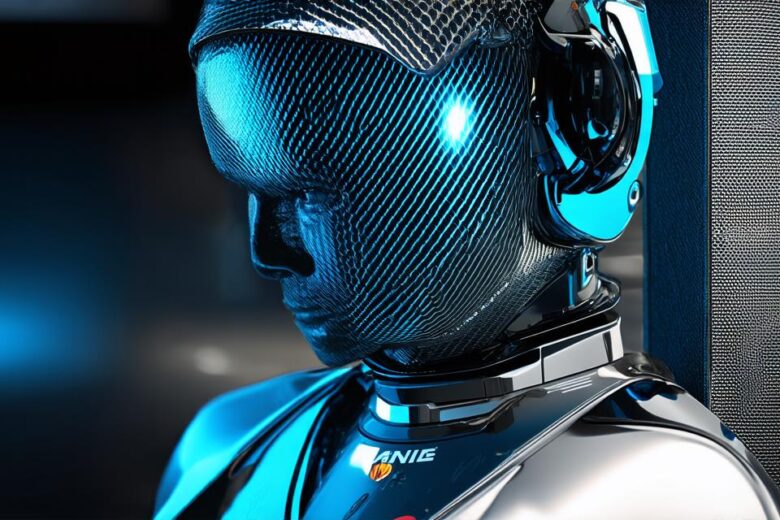Mesh is a term used in augmented reality (AR) technology to describe a 3D model that represents an object or scene in the virtual world. The mesh is created using computer-aided design (CAD) software and can be imported into AR applications for use as a virtual representation of real-world objects or scenes.
In AR, mesh serves several purposes:
-
3D Representation of Real-World Objects
-
Interaction with Virtual World
-
Tracking and Positioning
-
Visual Effects
-
Collision Detection

Mesh allows AR to create a 3D representation of real-world objects in the virtual world. This is accomplished by capturing the shape, texture, and other characteristics of the physical object using sensors and cameras, and then importing that data into CAD software to create a digital model.
Mesh enables users to interact with objects in the virtual world, just as they would in the real world. For example, a user can pick up a virtual object by grabbing it with their hand or by using a tool or device.
Mesh is used to track and position objects in the virtual world. This allows AR applications to accurately place virtual objects in real-world environments and ensures that they remain anchored to physical objects as they move around.
Mesh can be used to add visual effects to virtual objects, such as lighting or textures. These effects can help to enhance the overall look and feel of the virtual world and make it more immersive for users.
Mesh is also used to detect collisions between virtual objects in the virtual world. This allows AR applications to ensure that objects do not pass through each other or overlap in space, creating a more realistic and believable environment.
In conclusion, mesh plays a critical role in augmented reality by providing a 3D representation of real-world objects, enabling interaction with the virtual world, tracking and positioning objects accurately, adding visual effects, and detecting collisions between virtual objects. By using mesh effectively, AR applications can create more immersive and interactive experiences for users.
